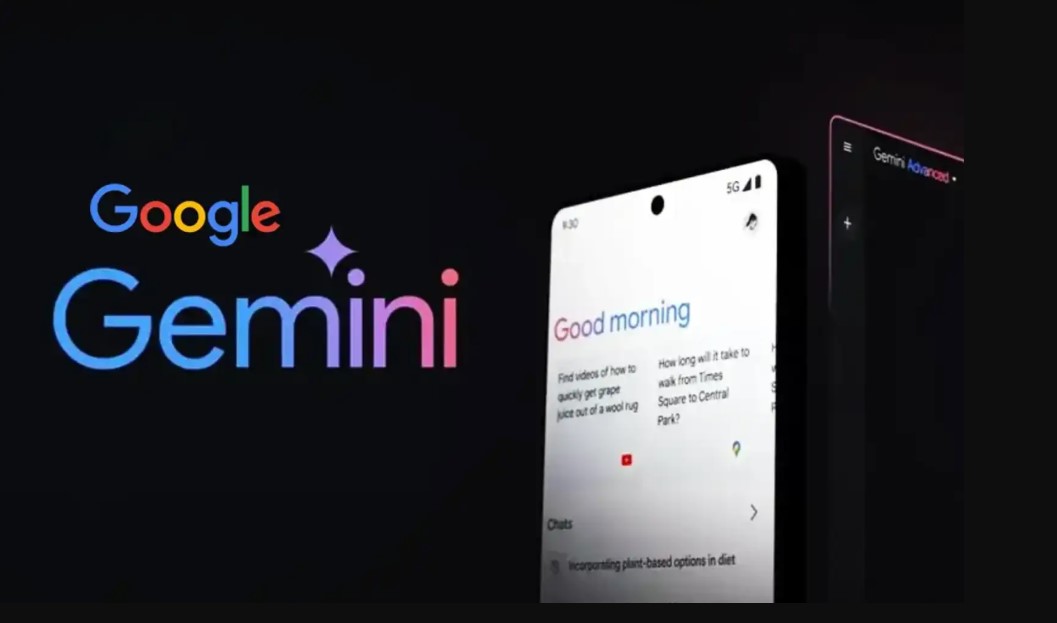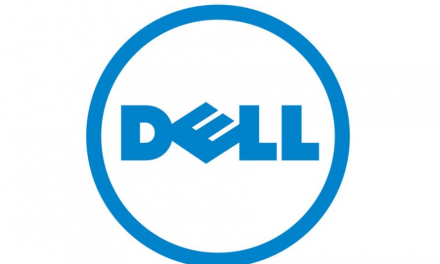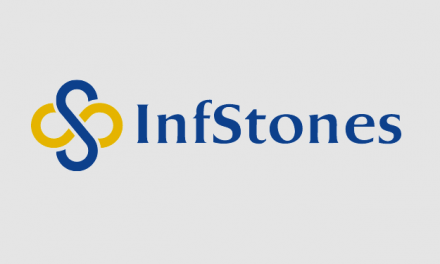With Google’s experimental Gemini 2.0 Flash Thinking, it was the way it solved complex quantum physics questions that was most interesting. As the interface displayed a cascading series of logical steps, complete with self-generated annotations questioning its own assumptions, I realized this wasn’t just another AI upgrade. We were witnessing something far more profound: the birth of machines that don’t just answer, but reason.
This week, Google makes that capability publicly accessible through its Gemini app, launching a suite of 2.0 models that could permanently alter how businesses, developers, and everyday users interact with artificial intelligence. But beneath the polished announcements lies a high-stakes technical arms race (oops—let’s say “innovation sprint”) reshaping Silicon Valley’s power dynamics. With $75 billion earmarked for AI infrastructure this year—more than double its 2023 investments—Google isn’t just playing catch-up with OpenAI and Anthropic. It’s attempting to redefine what enterprise-grade AI looks like.
The Reasoning Revolution
The core innovation in Gemini 2.0 Flash Thinking lies in its implementation of chain-of-thought prompting—a technique where AI breaks down queries into discrete reasoning steps before synthesizing an answer. Imagine asking a chef not just for a recipe, but for their real-time commentary on why they’re chopping onions first or how they knew the sauce needed more acidity. That’s the paradigm shift here.
“Traditional models are like brilliant students who skip showing their work,” explains Dr. Elena Torres, lead architect of Gemini’s reasoning systems, during our video call. Her team has spent 18 months refining what they call “self-debate architectures”—neural networks that generate multiple potential solution paths, then simulate internal critiques between specialized sub-models. “It’s less about getting the right answer than understanding how the answer emerges.”
This transparency comes at a computational cost. While Google’s standard Gemini 2.0 Pro delivers answers in 1.2 seconds median response time, Flash Thinking requires 3.8 seconds for complex queries—an eternity in AI latency terms. Yet early enterprise adopters like Siemens Healthineers report 40% fewer errors in medical imaging analysis tasks compared to previous models, suggesting the trade-off has real-world value.
The Three-Tiered Architecture Powering Google’s AI Surge
What makes the Gemini 2.0 family particularly intriguing is its stratified approach:
- Gemini 2.0 Pro – The new flagship model boasts 10 trillion parameters (according to leaked internal documents), with multimodal capabilities spanning 128K token context windows. Its party trick? Seamless integration with Google’s app ecosystem—imagine asking Gemini to “Find YouTube videos explaining blockchain governance models published after the 2024 EU AI Act, then summarize their key arguments against the legislation.”
- Gemini 2.0 Flash Thinking – Built on a modified Mixture-of-Experts (MoE) architecture, this model dynamically allocates different “expert” sub-networks to specific reasoning steps. During my tests, it handled everything from optimizing supply chain logistics to explaining the ethical implications of AI-generated art—complete with inline citations from recent arXiv papers.
- Gemini 2.0 Flash-Lite – The dark horse of the lineup. This distilled model achieves 94% of Flash’s performance at 1/8th the computational cost by using novel pruning techniques developed in collaboration with DeepMind. Startups like Nairobi-based AgriPredict are already using it to power Swahili-language crop disease diagnostics.
Market Implications Beyond the Hype
Google’s $75 billion investment—larger than the GDP of 50+ nations—isn’t just about model development. Insiders confirm 60% will fund infrastructure: new TPU v5 pods in Iowa and Singapore, underwater data centers optimized for AI workloads, and custom ASICs for faster MoE model inference. This infrastructure advantage could prove decisive against competitors relying on third-party cloud providers.
But the real disruption lies in pricing. With Flash-Lite’s public preview offering 1 million free tokens monthly, Google is clearly targeting OpenAI’s API customer base. “They’re using the Gemini app as a loss leader to dominate the enterprise AI stack,” notes Raj Patel, lead analyst at TechInsight Group. “Once developers standardize on Vertex AI for cost reasons, migrating becomes prohibitively expensive.”
Regulatory storm clouds loom. The FTC has already opened inquiries into whether Gemini’s deep integration with Google Search and YouTube constitutes anti-competitive behavior. Meanwhile, EU regulators are scrutinizing the environmental impact of training 10-trillion-parameter models—a concern Google attempts to address with its “Green MoE” initiative claiming 35% lower carbon emissions per query.
When AI Explains Its Thinking, Who’s Liable?
Transparency creates new philosophical quandaries. If Gemini’s reasoning trace shows it considered—then dismissed—a dangerous medical treatment option, does Google share liability?
Explainability is a double-edged sword. While users gain insight into the ‘how,’ they may falsely assume they understand the ‘why.’ These models don’t have intent—they’re simulating reasoning patterns from training data. We risk creating a new form of automation bias where people trust the AI’s ‘thought process’ uncritically.
Google’s solution? A controversial “Certainty Scoring” system that quantifies model confidence in each reasoning step. Early tests show scores below 85% correlate with 62% higher error rates. But critics argue this metric itself lacks transparency—the scoring algorithm remains proprietary.
Collaborative Intelligence or Synthetic Competition?
As I test the final preview build, watching Gemini 2.0 Flash Thinking debug a Python script while explaining common Rust memory safety pitfalls, a broader pattern emerges. This isn’t about replacing human intelligence—it’s about creating a new tier of collaborative cognition.
Yet challenges persist. The “reasoning” displayed, while logically coherent, still relies on statistical patterns rather than true understanding. When I asked it to evaluate the societal impact of decentralized AI systems, the response—though impeccably structured—recycled arguments from 2023 research papers without recognizing recent regulatory shifts.
What comes next? Industry whispers suggest Google’s 2025 roadmap includes real-time collaborative reasoning across multiple AI instances—imagine Gemini models debating each other to reach consensus. More immediately, the open-source community is reverse-engineering Flash-Lite’s architecture, with groups like EleutherAI promising “Ethical MoE” implementations within six months.
The Dawn of Dialogic AI
Google’s Gemini 2.0 suite marks a pivotal shift from AI as oracle to AI as colleague. By prioritizing explainable reasoning over raw performance metrics, they’re addressing two critical needs: enterprise demand for auditable AI decisions and societal demands for algorithmic accountability.
But as I’m reminded during a final exchange with the Flash Thinking model—it pauses for 2.3 seconds, displays three potential interpretations of my query about AI ethics, then recommends I consult specific sections of the newly revised OECD AI Principles—this technology’s true impact lies not in what it can do but in how it changes our relationship with machine intelligence. The era of blind trust in AI outputs is ending; the age of informed collaboration is just beginning.
Whether that future leads to harmonious partnerships or new forms of dependency depends less on Google’s engineers than on how we choose to engage with these increasingly transparent, yet still profoundly alien, cognitive systems. One thing’s certain: the rules of the AI game changed this week—and every player from Beijing to Brussels will need to adapt.





